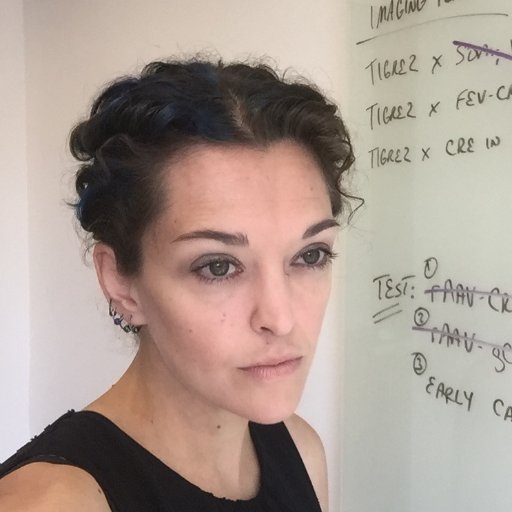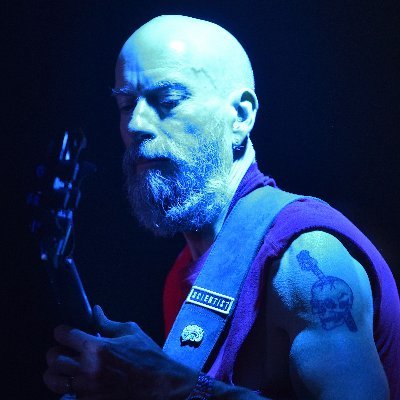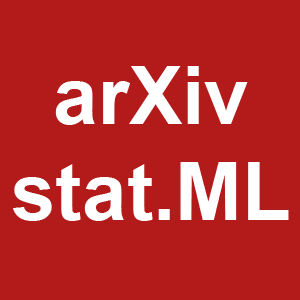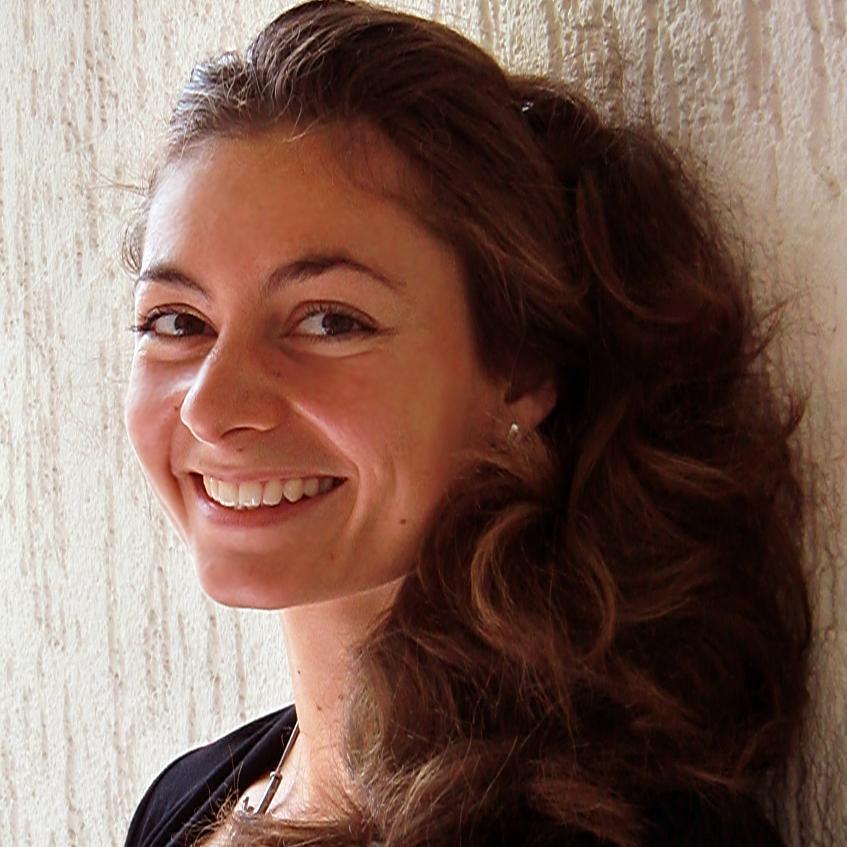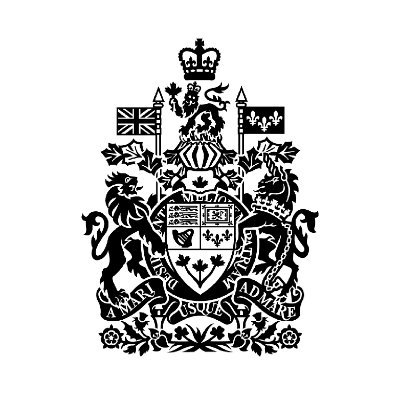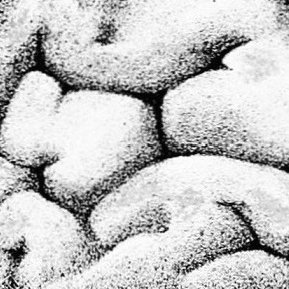
Richard Naud
@NeuroNaud
Followers
2K
Following
5K
Media
24
Statuses
1K
just a researcher in neuroscience trying to say true and/or kind things bluesky: @neuronaud.bsky.social
Ottawa, Ontario
Joined November 2017
How are the fluctuations in electric field organized across the whole brain? We analyzed the 3.4 M samples from the international brain lab using and found a surprising structure made of communities and landmarks. https://t.co/slYno9ZgKF
@JCBeique @XingyunWang4
2
8
22
For those interested in methods for analyzing a specific frequency of neural activity as a series of discrete events, the CBASS code is posted here with an excellent wiki by @QuentinPerreno1: https://t.co/7JS5ReFWft
Nature research paper: Flexible perceptual encoding by discrete gamma events https://t.co/U54CIzzksH
1
2
13
This op-ed published in the @nytimes by @stephenwitt thoughtfully captures the urgency and complexity of navigating AI's risks, but also my sincere conviction that technical solutions are possible — we still have agency and an opportunity to act. https://t.co/EPcnPPYWUA
nytimes.com
A destructive A.I., like a nuclear bomb, is now a concrete possibility; the question is whether anyone will be reckless enough to build one.
5
23
89
Flexible perceptual encoding by discrete gamma events https://t.co/aVELnRmKqK
#neuroscience
nature.com
Nature - Using a new analytical method for tracking gamma band events in mouse visual cortex, flexible encoding of visual information according to behavioural context is shown.
3
9
85
How prediction error drives memory updating: role of locus coeruleus–hippocampal interactions https://t.co/14NhaKDmfL
cell.com
The brain constantly generates predictions based on one’s knowledge of the world, as captured in memory. When these predictions are in error, our knowledge base must be revised to remain relevant....
0
10
49
Thanks to @IntlBrainLab for assembling and sharing their data!!
0
0
1
I’ve often made the bet that we’ll never really understand what’s in the LFP (or the EEG). While I feel these findings leave me with many many further questions, I don’t think I’ll make that bet again.
1
0
1
What technique did we use? We extracted second long spectrograms and used deep learning to localize each sample. We then used the confusion matrix as a graph and searched for communities. If spectrometry is to match patterns of spectral peaks, this is blind spectrometry
1
0
0
Graphs highlighted resemblance between communities sometimes hinged on pairs areas. Here are examples of such pairs between communities involving the motor planning community.
1
0
0
The largest community outside the cerebellum and hindbrain contained parts of the basal ganglia (putamen and nucleus accumbens) and motor planning regions of cortex (ACA, GU, MOs, MOp, ORB). It split in two during visual task.
1
0
0
This atlas of the local field potentials showed much re-organization when comparing inter-trial period and the visual task. Among many interesting changes, not only did the core visual communities grew larger, a new community highlighted lower and upper limbs areas got nearer
1
0
0
For instance, the visual layers of superior colliculus were most similar to primary cortex as well as other visual areas such as VISpm & VISa, retrosplenial and area poststriata (hippocampal). The motor parts of the superior colliculus were similar to noncortical oculomotor areas
1
0
0
Maybe I was naïve, I honestly thought we would only see a smooth and blurry transition between the frontal cortex, visual cortex and the hippocampus. But the structure we found was finer grained, more functional and more dynamic than I thought.
1
0
1
Check our new scaling law theory for deep linear self-attention! @blake__bordelon @maryiletey
2
5
29
Making rational decisions for the wrong reasons... Probabilities in brains... Ecological neuroscience... Xaq Pitkow @xaqlab dishes out the principles https://t.co/D8WhmHR6rq
1
3
18
The work I was doing back in Oxford recently found its way to a publication in Cell. In the intervening years since I worked on this, numerous iterations of the machine-god have been unleashed on the world, the West has started to slip into anarchy, and Charli XCX gained
1
6
45
1 To predict the behaviour of a primate, would you rather base your guess on a closely related species or one with a similar brain shape? We looked at brains & behaviours of 70 species, you’ll be surprised! 🧵Thread on our new preprint with @R3RT0 , https://t.co/668msRHMNu
8
69
197
セロトニン神経の活動を説明する上で「強化子(好子)の予測に対するアプローチ」という考え方を示した論文。 予想外の好子には、セトロニンの活動が活発になる一方で、予想外の嫌子にはセロトニンの活動は活発にならない。 いやはや。実に生物的だし、ABAでも重要な視点。 https://t.co/LwSJJgSJYw
nature.com
Nature - Merging ideas from reinforcement learning theory with recent insights into the filtering properties of the dorsal raphe nucleus, a unifying perspective is found explaining why serotonin...
0
1
5
World renowned Canadian leaders in #AI, Professor @Yoshua_Bengio, and #QuantumComputing, Dr. Martin Laforest, shared insights with the G7 Data Protection and Privacy Authorities Roundtable into these rapidly evolving technologies. #G7privacy
2
3
27
PhD/Postdoc position in Computational Neuroscience at the Institute of Neuroinformatics (UZH and ETH Zürich): we are investigating the neural circuits underlying perception and learning in uncertain environments: https://t.co/tyqM1BDXvC
@BernsteinNeuro @UZH_en @ETH_en
ini.uzh.ch
2
25
98

